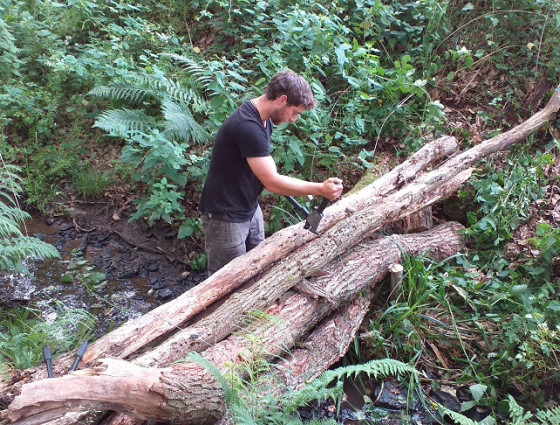
Natural Flood Management
The aim of the project is to hold back water in upstream areas by applying natural methods in order to 'slow the flow' of water.
The Worcestershire Natural Flood Management (NFM) project is one of 24 catchment scale projects funded by the recent £15m DEFRA allocation for NFM projects in England. The Worcestershire project has been allocated £500,000, (with the business case signed off up to £750,000) and is due to be completed by March 2021.
The aim of the project is to hold back water in upstream areas by applying natural methods in order to 'slow the flow' of water. It is thought that by applying a catchment based approach, rather than just looking at river flow independently will have a positive effect on reducing flooding.
Three areas which are known to suffer from flood risk and water quality issues, and thought to benefit from NFM techniques have been identified within the region. These are; the Dowles Brook in the Wyre Forest, Barbourne Brook in Worcester City and the Cotswold tributaries, which consist of the Badsey Brook, Merry Brook and the River Isbourne.
Each area will be studied independently and working alongside partnership organisations such as the Environment Agency, Wildlife Trusts, Forestry Commission, Local Authorities, local residents, Flood Action Groups and landowners the aim will be to apply natural methods of water retention to reduce flood risk. This could be achieved in a number of ways, but primarily by the use of three methods:
- Physical Barriers: Such as a succession of leaky dams to upstream areas of a watercourse (large trees placed across a watercourse to give a damming effect)
- Attenuation: Allowing low lying areas to flood upstream – holding back the water and so slowing the time water takes to travel down the river's course
- Infiltration: Simple methods, such as tree planting are thought to greatly increase the infiltration rate, or using soakaways in upstream areas should the ground conditions allow
The project aims to use a combination of these methods across each catchment and working closely with landowners, farmers and communities devise a natural flood management technique that will reduce flood risk and enhance the natural environment.
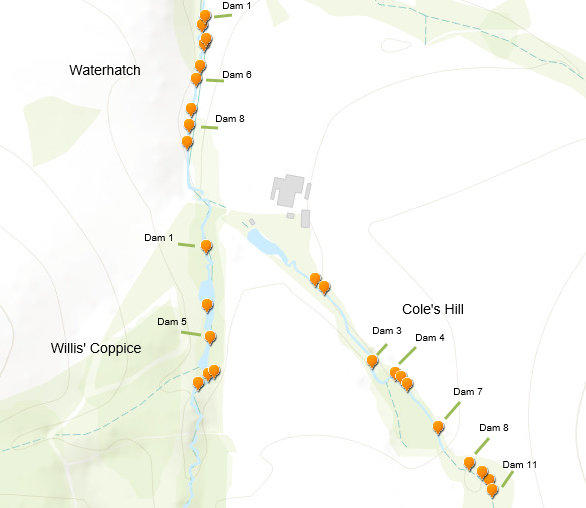
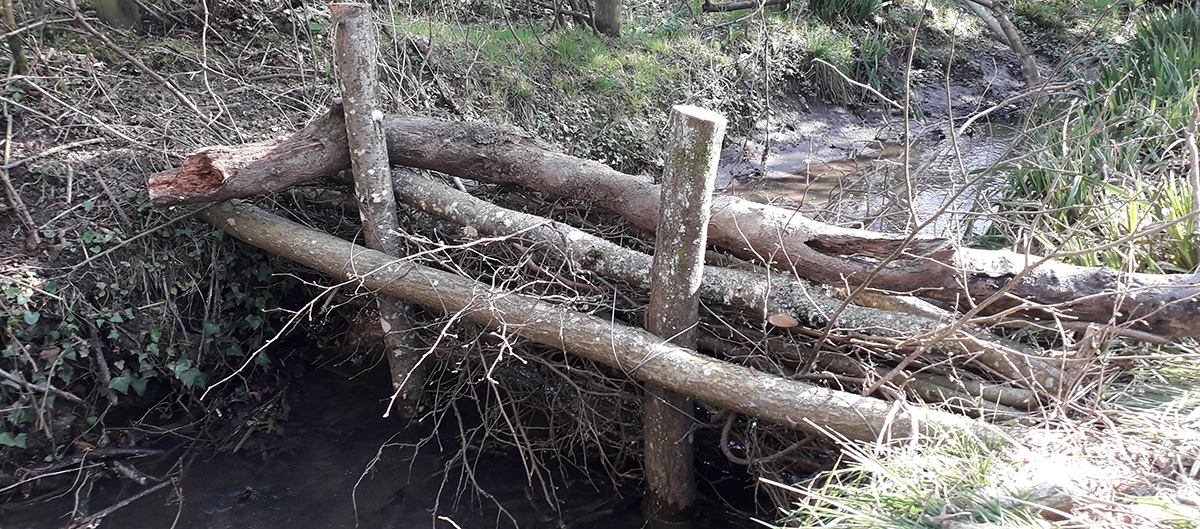
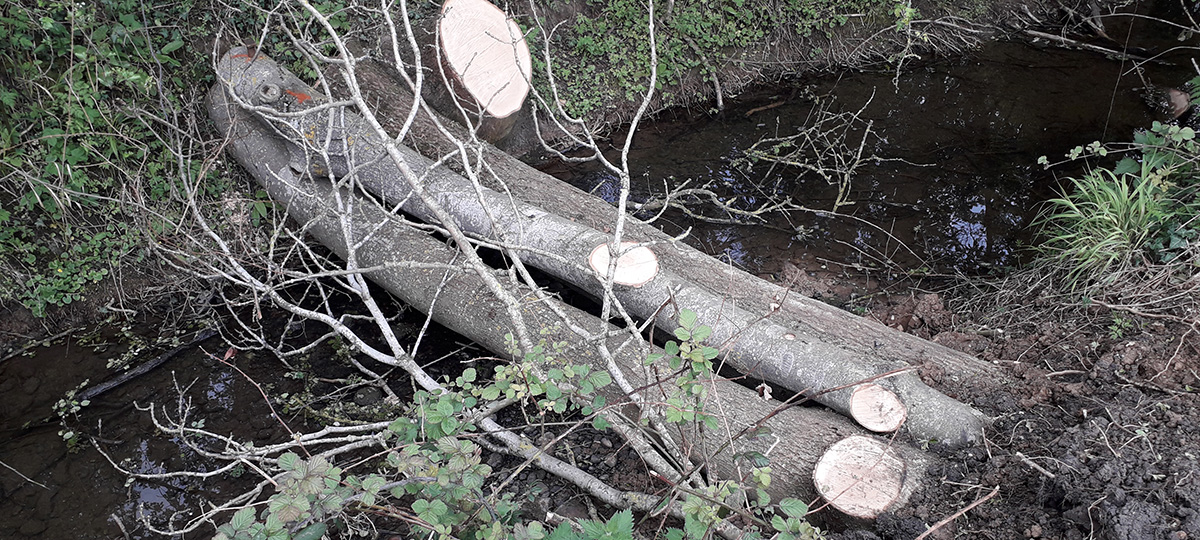
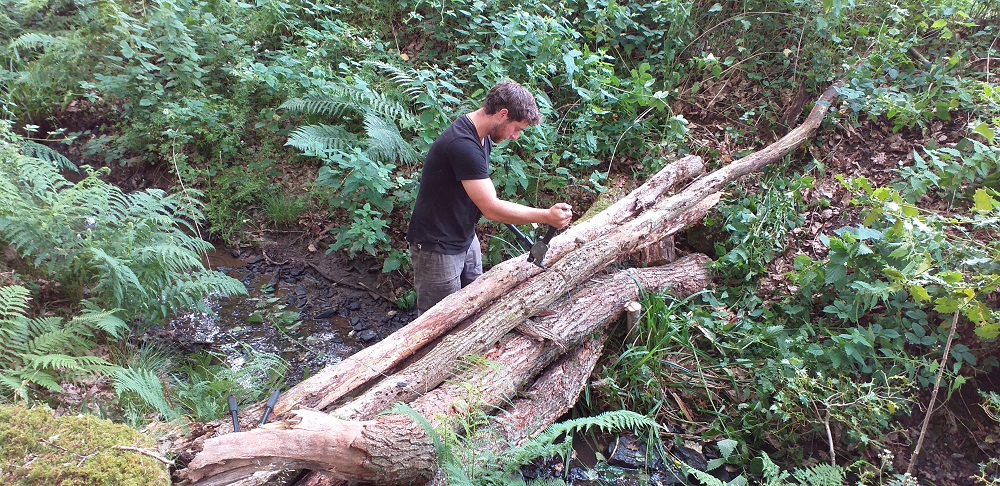
 Facebook
Facebook X
X Email
Email WhatsApp
WhatsApp Messenger
Messenger